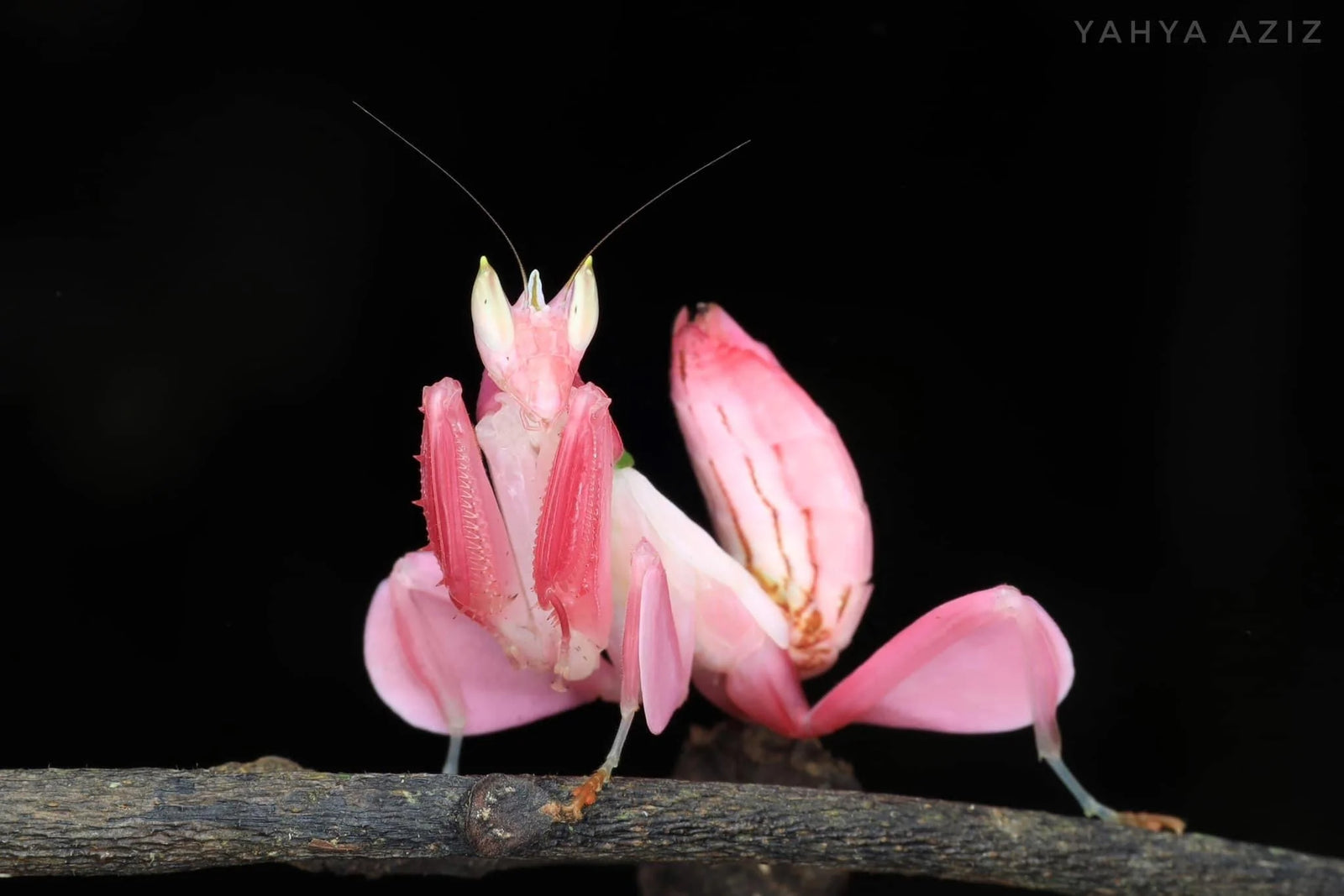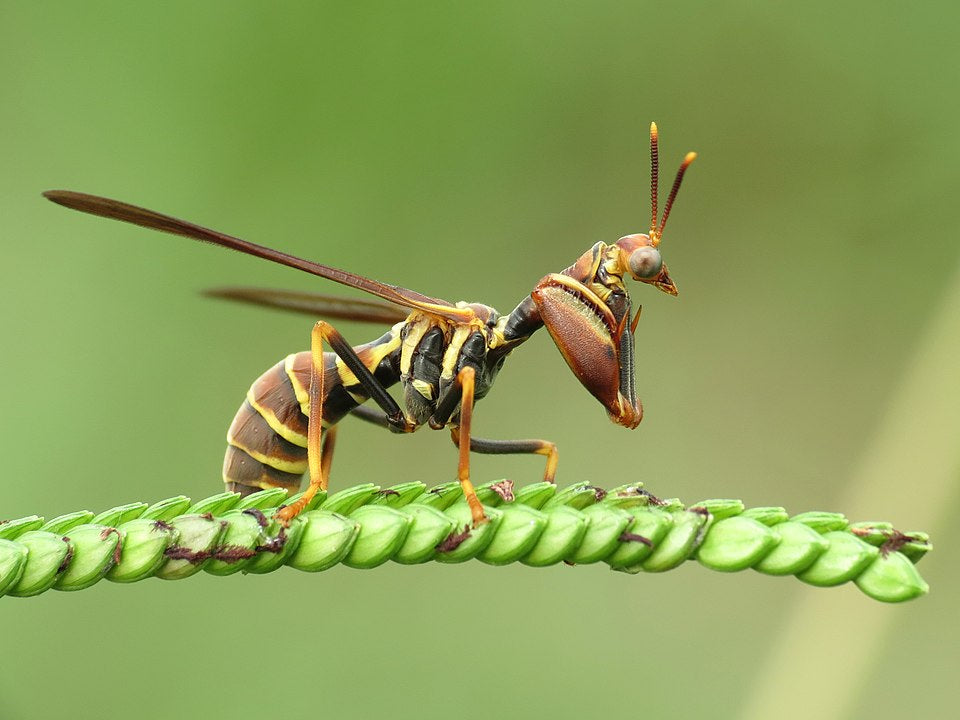Menú
-
- Hogar
- Contacto
- Buscar
-
Comercio
- Insectos vivos que se alimentan
-
Suministros
- Hábitats
- Comederos
- Comederos y suministros para la cría de microfauna
- Kits bioactivos
- Suministros bioactivos
- Contenedores
- Tazas de cultivo de insectos
- Tazas y tapas para cultivo de insectos
- Proyectos de aula
- Plantas de aire vivas bioactivas
- Sustratos
- Iluminación y Calefacción
- Jaulas, hábitats, cajas de insectos, viveros, insectarios
- Ladrar
- Suministros de envío, paquetes térmicos, paquetes fríos, contenedores.
- Bioactivo
- Plantas
- Galería Mantis
- Evaluaciones de Usmantis
- Mantis religiosa
- Mantis
- Ooteca de huevos de mantis religiosa para el control de plagas
- Suministros bioactivos
- Beneficial Insects
- Vídeos de ayuda
- Las 5 mejores mantis religiosas como mascotas,
- Blog
-
Comprar por familia
- Mantis religiosa
- Hojas de cuidado
- Orden de pista
- Live Feeder Insects
- Wholesale prices for bulk orders
- FAQ
- Galleries of Mantis Videos
-
- Hogar
- Buscar
- Sobre nosotros
- Envío
- Refund Policy
- Seguimiento de pedidos
- Contáctenos
- Blog
- Beneficial Insects
- Mapa del sitio
- Reseñas
-
Recursos de producción cinematográfica.
- Wholesale
- FAQ
- Entrar
-
Español

This bug is Lantern fly worst enemy
febrero 16, 2024 2 lectura mínima
PENNSYLVANIA (WHTM) — It is the season of the dreaded spotted lanternfly. These beautiful-looking bugs have been considered to be a major pest ever since they were found in Pennsylvania.
But there is one enemy of these bugs (besides humans) that lanternflies fear, and you can probably find this creature in your gardens or backyard.
Meet the praying mantis.
According to Penn State, over 600 photos were submitted to scientists at their College of Agricultural Sciences over the last few years. The photos that Penn State received show that praying mantises, along with chickens, enjoy eating the bug.
The praying mantis is considered to be a beneficial insect, meaning they will prey on any bug that they see, whether they are pests or beneficial. Old Farmers Almanac states that these creatures like to eat crickets, moths, grasshoppers, and even mosquitos. The insect also can feed on things such as frogs.
The reason these bugs stand in a strange stance for long periods is that they are waiting patiently to attack a bug or any other prey that comes into contact with them. Their forelegs are strong and feature overlapping spikes and they eat their prey with sharp mandibles.
This past year, we supplied multiple study groups of Chinese Tenodera sinensis , Carolina Stagmomantis carolina, and European Mantis religioso, mantids to the United States Air Force doing a study on pest control. The lantern flies, stink bugs, mud wasps are grounding aircraft . They have pest problems on their air field and the stink bugs, cicada's and lantern flies are getting into the aircraft motors and vents clogging up vital instruments. They are trying to find the most aggressive mantis species to help solve the problem. So the Tenodera sinensis is the winner
Dejar un comentario
Los comentarios se aprobarán antes de mostrarse.
Ver artículo completo

orchid mantis evolutionary research
junio 06, 2025 2 lectura mínima
The orchid mantis (Hymenopus coronatus) transitions from black-and-red to pink-white coloration during development, a shift driven by the Redboy pigment transporter. This transition serves different ecological functions: red coloration helps hatchlings mimic stink bugs for predator avoidance, while the pink-white coloration of older nymphs provides floral camouflage for both predator avoidance and prey attraction. The Redboy transporter, upregulated by ecdysone, facilitates this shift by exporting red pigments in early stages and importing white pigments in later stages.
Evolutionary Basis:
Redboy's Role:
The Redboy transporter, a novel ABCG transporter, arose by gene family expansion and positive selection, specifically to handle the transition from red to white coloration, according to research on Nature.
Hormonal Regulation:
The hormone ecdysone regulates Redboy, ensuring the pigment transition happens at the appropriate developmental stage, according to research on ResearchGate.
Genetic Adaptation:
The evolutionary changes in Redboy have allowed orchid mantises to adapt their body color to different life stages and ecological niches.
Ecological Functions:
Aposematic Mimicry (Hatchlings):
The initial black-and-red coloration serves as a warning signal, mimicking the appearance of stink bugs, which are known to be distasteful or toxic to predators.
Camouflage (Older Nymphs):
The pink-white coloration provides floral camouflage, helping the mantis blend in with flowers and avoid detection by predators.
Prey Attraction:
The flower-like appearance also attracts unsuspecting prey, such as small insects, to their location, enhancing the mantis's hunting success.
In summary, the orchid mantis's body color transition is a fascinating example of ontogenetic camouflage and adaptive evolution, where the color changes throughout the mantis's life serve distinct ecological roles in where the color changes throughout the mantis's life serve distinct ecological roles in predator avoidance and prey attraction.
Ver artículo completo

Mantis fly Mantispidae, very special insect
octubre 15, 2024 3 lectura mínima
Mantispidae, they don’t sting! 

Artículos recientes
-
orchid mantis evolutionary research
junio 06, 2025
-
New Yorker article 1955 Mantis Man
marzo 09, 2025
-
Mantis fly Mantispidae, very special insect
octubre 15, 2024
-
Do insects have feelings? Love or Hate? What’s your opinion
septiembre 09, 2024
-
How Praying Mantises Hear: One ear
julio 19, 2024
-
Identifying Domestic species
julio 19, 2024
-
Invasive claims and irresponsible advice
abril 13, 2024
-
Is it time for insect researchers to consider their subjects’ welfare?
abril 08, 2024
-
My Awesome Summer by P. Mantis Children’s book
abril 07, 2024
-
Toxodera
abril 06, 2024
Categorías
- animal husbandry
- best feeders
- best mantis for pest control
- breeding praying mantis
- buy praying mantis
- Cannabis
- crickets
- discussion
- dormitory pet
- Drosophila
- education
- egg
- entomology
- fertility
- flightless fruit flies
- Flower mantis
- Friendly Bugs For Cannabis
- fruit fly culture
- geometric morphometrics
- Ghost mantis
- happy experience with pets
- Hydei
- Hymenopodidae
- Hymenopus coronatus
- invasive
- keeping insects alive
- Lucky mantis
- Major League baseball Perez Kisses Lucky Mantis!
- make money
- mantis for dummies
- mantis ooth
- Mantodea
- melanogaster
- mimicry
- mismolt
- new species
- ooth
- ooth care
- ootheca
- P paradoxa
- pest
- Pest control
- pet nutrition
- praying mantis
- praying mantis care
- praying mantis for sale
- reptile feeders
- School project
- scientific research
- Sexing praying mantis
- Shipping
- signalling
- stem
- stenophylla
- Store news
- stress from shipping
- usmantis
- we buy mantis
Menu Title
Esta secção não inclui de momento qualquer conteúdo. Adicione conteúdo a esta secção através da barra lateral.
Subscribe
Sign up to get the latest on sales, new releases and more …
Invalid Password
Enter